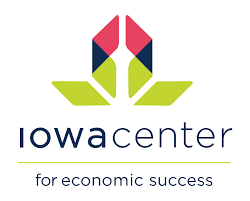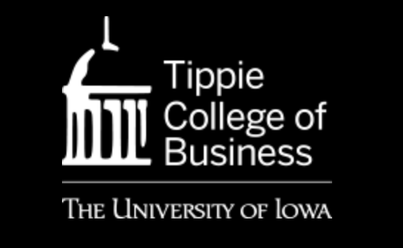Leath: Looming hunger demands more ag research

Iowa State University President Steven Leath will take to the national stage today to make a simple but important point: If the world is to have a fighting chance to feed the globe’s projected 9.5 billion people in 2050, Congress must increase spending on U.S. agricultural research now.
“We are going to have 9.5 billion people in the the world by 2050,” Leath said in an interview. “That’s a huge increase over the 7 billion we have now. How are we going to feed them and provide fuel? The demand to produce more on less land is going to be huge.”
This afternoon, Leath, a plant scientist, will deliver the Charles Valentine Riley Memorial Lecture at the American Association for the Advancement of Science in Washington, D.C. Riley was a pioneering entomologist who worked for the U.S. Department of Agriculture and for the Smithsonian Institution. The address, arranged by the Charles Valentine Riley Memorial Foundation and the World Food Prize Foundation, is billed as a “special opportunity to highlight the important role of research and innovation in agriculture.”
Leath plans to tell the audience that China and India are increasing agricultural research spending as the United States spends less. “China has replaced us as the No. 1 funder of ag research,” Leath said. “There is a lot more focus on health research here.”
That’s partly because food is in far shorter supply in those countries than in the United States, Leath said. There is a larger sense of urgency. However, “as the U.S. population booms, food is going to go way up in price, and people will focus on it,” Leath said. “Then we will hurry to catch up. That is tougher to do.”
Last December, ISU and partners that included the Charles Valentine Riley Memorial Foundation issued a report, “Pursuing a Unifying Message: Elevating Food, Agricultural and Natural Resources Research as a National Priority.”
Now, Leath plans to put together a coalition of private and public universities and companies to lobby Congress for more research money.
With his history of helping develop the Research Triangle in North Carolina and the fledgling Cultivation Corridor in Central Iowa, Leath understands the power of research centers to advance innovations.
“We want to make sure that the infrastructure is in place so we can use the money wisely and efficiently,” he said.
While Congress, and some other Americans, seem oblivious to the sharp spike in population that is looming, Leath said, a world that now uses about an acre per person to grow food is looking at getting by on a third of an acre or less.
“It just has not been on the forefront of citizens’ or Congress’ minds,” Leath said. “Our population growth has been fairly linear. But it took us a long time to get to 7 billion, and it will take only 30 years to get to 9.5 billion.”
Leath said the U.S. government’s spending on the National Institutes of Health is 13 times what it spends on agricultural research. While $31 billion goes to NIH for research, the U.S. Department of Agriculture gets $2.4 billion for both research and development, Leath said.
So adding even a fraction of what NIH gets to the ag research budget would be a significant boost to efforts to study how conventional farming and biotech crops can improve nutrition and yields, he added.
The NIH budget has increased 135 percent since 1990, Leath said. The National Science Foundation’s rose 109 percent in the same period. USDA’s climbed 20 percent.
“The cost of research goes up, but USDA’s buying power has gone down,” Leath said.
He hopes to change that. Read more about today’s address.
RELATED INSIDER CONTENT:
Cultivation Corridor: Read an article by Perry Beeman on Leath’s thoughts, and those of others, about the Cultivation Corridor. Read more >>>
Research center: Read an article by Perry Beeman regarding Bruce Katz of the Brookings Institution as he makes the case for a research center in downtown Des Moines. Read more >>>









